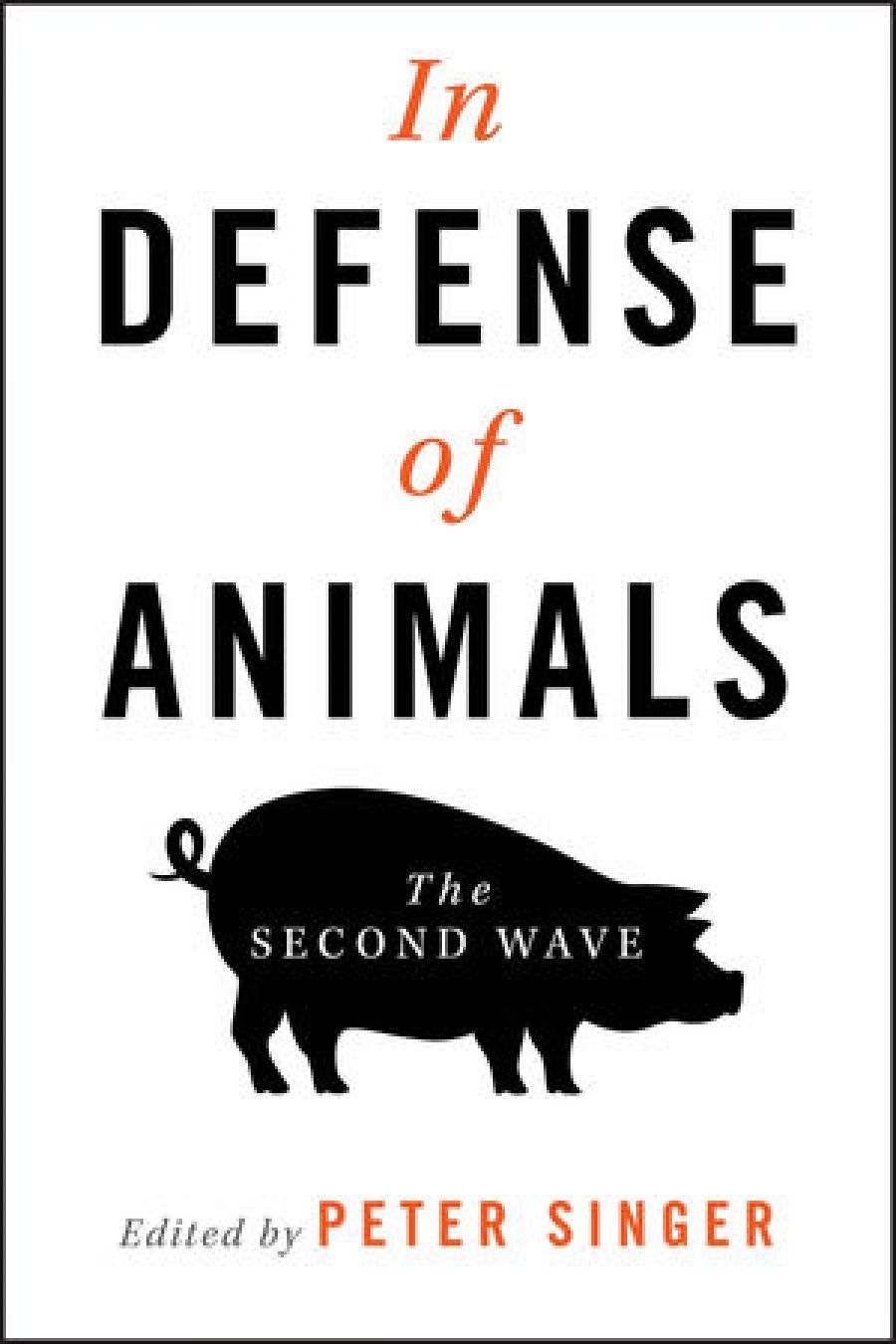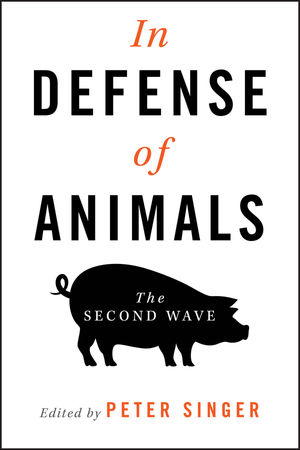
- Free Article: No
- Contents Category: Animal Rights
- Review Article: Yes
- Article Title: The impure species
- Online Only: No
- Custom Highlight Text:
This sequel to In Defense of Animals, published twenty years ago, contains fourteen new essays, three revised essays and one that has been reprinted unchanged. Claiming that ‘philosophers served as midwives of the animal rights movement in the late 1970s’, Peter Singer devotes Part I to ‘The ideas’. The second edition displaces the now well-published philosophers found in the previous edition (e.g., Tom Regan, Stephen Clark, Mary Midgley) for a new generation of thinkers. They argue for ‘a new approach to the wrongness of killing, one that considers the individual characteristics of the being whose life is at stake, rather than that being’s species’. An arresting example is David DeGrazia’s suggestion that linguistically trained apes and dolphins are persons, while other members of their species are borderline persons. His justifications are that linguistically trained animals are exceptionally talented by comparison with their lower-IQ species confrères, and that learning a language means one is capable of more complex thought.
- Book 1 Title: In Defence of Animals
- Book 1 Subtitle: The second wave
- Book 1 Biblio: Blackwell, $32.95 pb, 258 pp, 1405119411
- Book 1 Cover Small (400 x 600):

- Book 1 Cover (800 x 1200):

Gaverick Matheny outlines the utilitarian argument, ‘the most straightforward ethical case for a non-speciesist approach to the treatment of animals’, buttressed by Marian Dawkins’s description of the ways scientists ‘ask’ animals about their preferences, for example devising experiments in which animals work more or less hard to achieve a desired outcome or to avoid an undesirable situation. Dawkins agrees that our encounter with animals remains complex, as we cannot always act on their preferences, given that dogs often signal their distaste for visiting the vet and cows sometimes choose to eat poisonous plants. Paul Waldau identifies the contradictory currents concerning animal treatment in most religions, as well as the inconsistent relationship between religious prescripts and actual practices.
Paola Cavalieri compares three significant moments in the evolution of human concern for animals. The Aristotelian tradition justified a hierarchically organised polis: free men, as opposed to slaves, women and animals. Scientific experimentation on animals was underwritten by Cartesian dualism, provoking the anti-vivisection movement and laws preventing cruelty to companion animals and working animals. The contemporary capitalist commodification of animals into battery farming and needless experimentation gave birth to animal liberation: ‘Most of the campaigning in the modern animal movement over the last thirty years has focused on animals used in laboratories and farms.’ Part II explores animal mistreatment as the press of humanity and its needs (e.g., for food) and desires (e.g., for beauty and entertainment) are met with routine cruelties in agribusiness, unnecessary suffering in zoos and threatened extinction of primates.
Part II contains a hopeful essay on the European Union reforms, while Part III, on ‘activists and their strategies’, opens with a similarly comforting discussion of an Austrian law that makes it illegal to trade in cats and dogs in shops, to use wild animals in circuses or to kill any animal for no good reason. Austria bans fur farming and will ban battery farming in 2009. Animal solicitors act for animals in court and the government is required to compile a report on progress every two years. Other reports from the front-line offer suggested table manners for vegans who want to raise consciousness without destroying the conviviality of meat-based dinner parties, the importance of ‘amicable rebels’ (activists practising civil disobedience) and campaign tips for animal activists. Singer rejects from his list of contributors activists who commit violence in the cause of animals. He complains that they receive disproportionate publicity, given that such incidents are rare, and undermine ‘the animal movement’s ethical basis’.
This book is not for the faint-hearted, most obviously in its charting of the enormous maltreatment of animals around the globe. In their chapter on farming factories, Mason and Finelli note: ‘Someone found that losses from pecking and cannibalism could be reduced by burning off the tips of chickens’ beaks with a blowtorch’; while macerators grind up unwanted but living chickens at high speeds. The faint-hearted will also be challenged by our inevitable complicity in animal mistreatment: ‘our consumption of animal flesh, eggs, and milk probably causes more pain than any other action for which each of us is responsible.’ To treat wild animals better, ‘we should drive less, use public transport more, adopt a vegetarian or preferably vegan diet … buy used rather than new items’, while environmentalists ‘have also encouraged couples to have smaller families’. However, ‘No matter what, you’re somewhat complicit in the abuse of animals. It is simply not true to think that vegans are pure.’
In the face of these dilemmas, perhaps it is unsurprising that: ‘Most people still eat meat, and buy what is cheapest, oblivious to the suffering of the animal from which the meat comes.’ When I first read Singer’s Animal Liberation (1975), I vowed never to eat veal again (due to the way that calves were raised to keep their meat white) and committed myself to the attempt to become vegetarian. While I have not eaten veal since, I still eat meat occasionally. My students reported a similar response to the film Babe: friends swore off meat forever, only to retreat into a refusal to consume pork and bacon, ultimately returning to eating meat, even if in reduced quantities. Most of us are compromised in our commitment to animals (an analysis of which is provided in Val Plumwood’s Environmental Culture: The Ecological Crisis of Reason, 2002), but it is to be hoped that our compromise is actively reworked as our knowledge about, and respect for, animal ‘fellow travellers’ grows. In Defense of Animals offers grist to this moral mill.


Comments powered by CComment